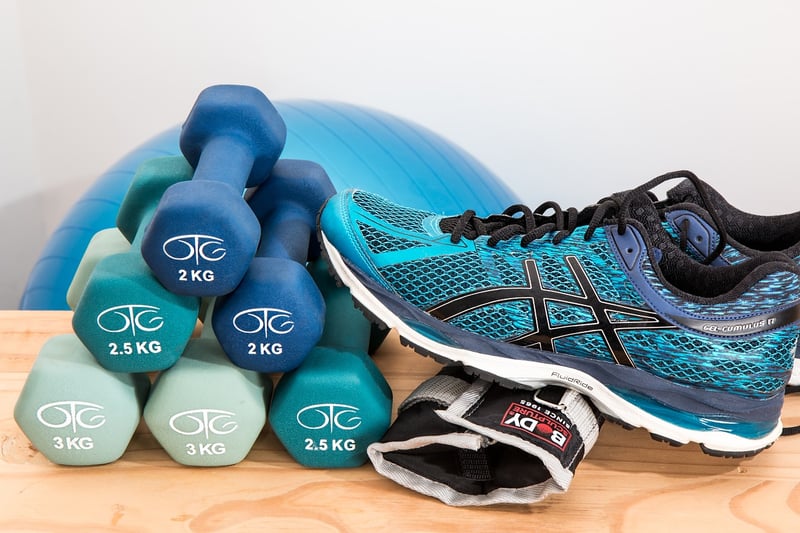Pranayama exercises
Enhance Mindfulness through Breath Control and Pranayama Exercises
Mindfulness is the practice of being fully present and engaged in the moment, which can have numerous benefits for mental and physical well-being. One powerful way to enhance mindfulness is through breath control and Pranayama exercises, which are ancient techniques originating from yoga. These practices can help calm the mind, reduce stress, and improve overall focus and awareness.
Benefits of Mindfulness and Breath Control
Before delving into specific techniques, let's understand some of the key benefits of mindfulness and breath control:
- Reduced stress and anxiety
- Improved concentration and focus
- Enhanced emotional regulation
- Increased self-awareness
- Promotion of relaxation and overall well-being
Pranayama Techniques to Enhance Mindfulness
Pranayama, the practice of breath control in yoga, offers a variety of techniques to deepen mindfulness. Here are some effective Pranayama exercises:
1. Diaphragmatic Breathing (Belly Breathing)
Focus on breathing deeply into your abdomen rather than shallow chest breathing. Place one hand on your belly and the other on your chest. Inhale deeply through your nose, feeling your belly rise, then exhale through your mouth, feeling it fall. Repeat this for several breaths.
2. Nadi Shodhana (Alternate Nostril Breathing)
This technique involves breathing through one nostril at a time. Close off one nostril with your thumb and inhale through the other nostril. Then close that nostril with your ring finger and exhale through the opposite nostril. Continue alternating nostrils for a few minutes.
3. Sama Vritti (Equal Breathing)
Inhale and exhale for an equal count, such as inhaling for a count of four and exhaling for a count of four. This technique helps to balance the breath and calm the mind.
Guided Mindfulness Meditation
Combining breath control with mindfulness meditation can deepen your practice. You can find guided meditations that focus on breath awareness and mindfulness to enhance your overall experience.
Conclusion
Practicing mindfulness through breath control and Pranayama exercises can bring a sense of peace, clarity, and presence to your life. By incorporating these techniques into your daily routine, you can cultivate a deeper connection to the present moment and experience the numerous benefits of enhanced mindfulness.
Remember, consistency is key when it comes to mindfulness practices. Start with just a few minutes each day and gradually increase your practice as you become more comfortable with the techniques.
Take a deep breath, focus on the present moment, and embark on your journey to enhanced mindfulness through breath control and Pranayama exercises.


